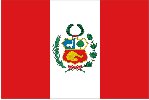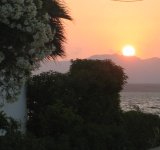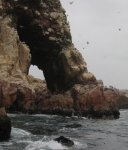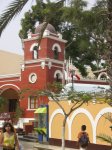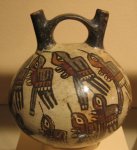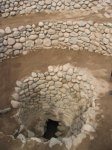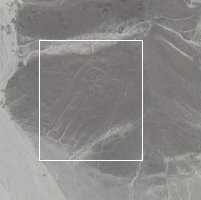Ica has a rich history.
The first settlers are from 10,000 years ago, from which the
Wari, Nazca, Ica and Paracas cultures developed, the latter being
the most important. The Paracas culture developed from the
seventh through the 2nd century BC. It is distinguished by its
matchless textile skills, trephinations, and the art of
mummifying their dead. The Nazca culture, on the contrary, well
known for its artistic pottery, in which colorful designs and
representations excel over the form, the same as their famous
lines and figures that have undergone implausible
interpretations. This culture expanded from the 2nd century BC
through the 7th century AD. They have left us their wonderful
aqueducts that made good use of underground water, of rivers and
rain, showing a great knowledge of hydraulic engineering. In the
15th century, during the Inca empire, Pachacuti incorporated the
territories of Ica, Nazca and the Chincha valley.
Years later, in 1563,
with the arrival of the Spanish, Jerónimo Luis de Cabrera
founded the Villa de Valverde del Valle de Ica. Since then, the
area became an important vineyard and cotton center. During the
independence war, General José de San Martín landed in Paracas
and fixed his headquarters in Pisco, to start the fight for the
independence of Peru.
<- Back to the index
